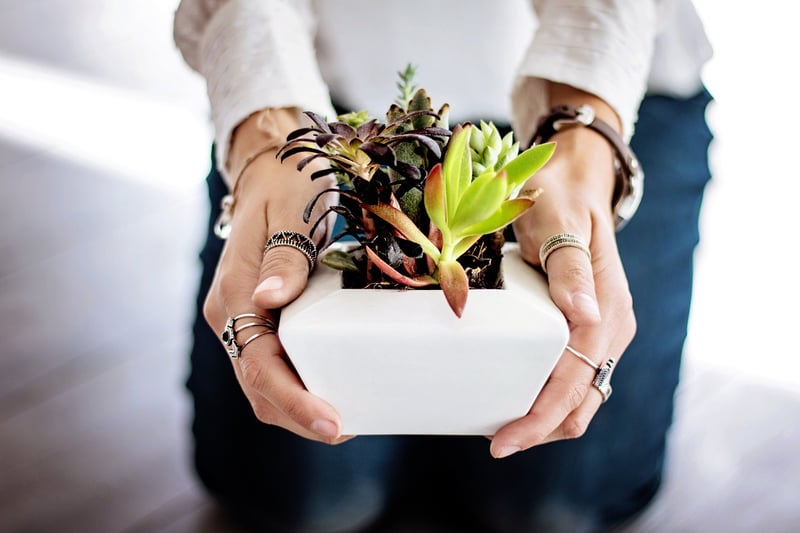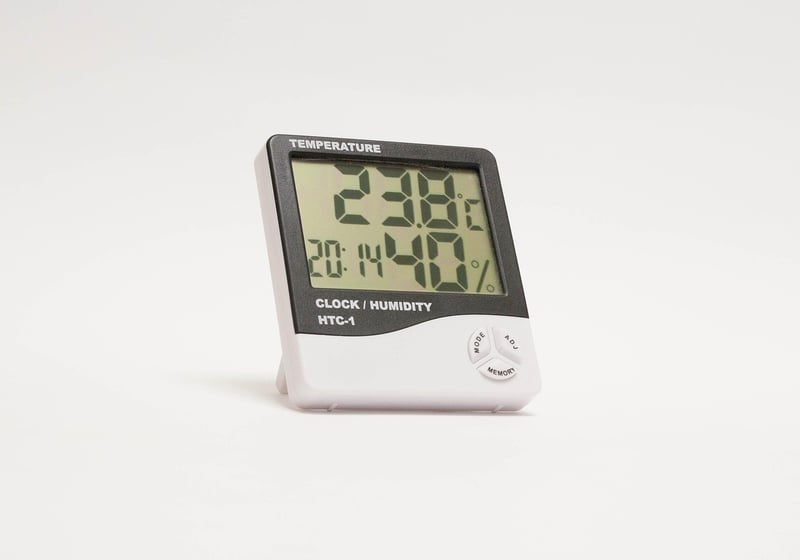Humidity Control
Cultivating Greenery Indoors: Tips for Humidity Control
Bringing nature indoors not only enhances the aesthetics of your living space but also contributes to a healthier environment. However, maintaining the right humidity levels is crucial for the well-being of your indoor plants. Here are some tips to help you cultivate greenery indoors while effectively controlling humidity:
1. Choose the Right Plants
Opt for plants that thrive in the humidity levels of your home. Some plants, like ferns and peace lilies, prefer higher humidity, while others, such as succulents, can tolerate drier conditions.
2. Group Plants Together
Grouping plants together can create a microclimate that boosts humidity levels around them. This technique mimics the way plants naturally grow in forests, where they benefit from each other's transpiration.
3. Use a Humidifier
Invest in a humidifier to regulate humidity levels in your home. This is particularly beneficial during the winter months when indoor air tends to be drier due to heating systems.
4. Misting
Regularly misting your plants with water can help increase humidity levels in the immediate vicinity of the plants. However, avoid misting plants with fuzzy leaves, as it can lead to fungal issues.
5. Pebble Tray
Place a layer of pebbles in a shallow tray and add water just below the surface of the pebbles. Then place your plant pots on top of the pebbles. As the water evaporates, it creates humidity around the plants.
6. Monitor Humidity Levels
Use a hygrometer to monitor the humidity levels in your home. Aim for a range of 50-60% for most indoor plants. Adjust your humidity-boosting techniques accordingly.
7. Proper Ventilation
Ensure proper air circulation in your home to prevent stagnant air around your plants. Good ventilation helps maintain optimal humidity levels and reduces the risk of fungal diseases.
8. Avoid Overwatering
While it's essential to keep your plants hydrated, overwatering can lead to waterlogged soil and high humidity levels, which can promote mold growth. Follow a watering schedule suitable for each plant species.
By following these tips, you can create a thriving indoor garden while effectively managing humidity levels for the well-being of your green companions.

For more information on indoor gardening and humidity control, you can visit The Spruce.
